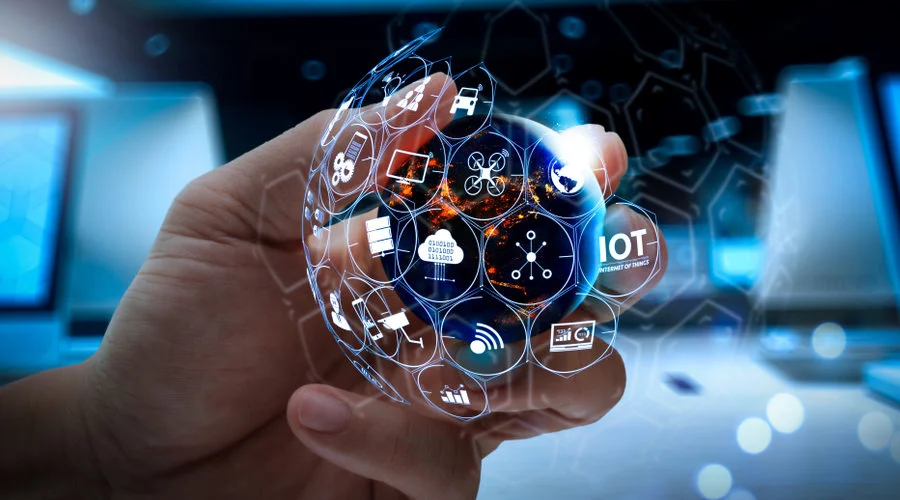How Future Technologies Will Impact Our Lives

Future technologies will impact the lives of Generation Z and their great-grandparents. By 2020, a quarter of all cars will be connected to the Internet. And even if we don’t see them in our lifetimes, we’ll still be using our phones, computers, and other gadgets to communicate with one another. For example, in Japan, a hotel with robot-staff will open its doors to travelers. And what about the future of the internet?
The future of computing will depend on the speed of modern computer software. Unlike human-assisted systems, advanced computer software will identify patterns in data and take action accordingly. This will allow for new ways to securely store, access, and share information. Future technologies will also allow for entirely new kinds of government services. The development of future technologies will alter entire processes and increase the efficiency and productivity of government departments. The transition will involve a new workforce and new tasks.
The advancement of 3D printing is already impacting other areas of our lives. For instance, it can be used to create vehicle and aeroplane parts, replacement joints, and board game pieces. Moreover, 3D printing is advancing with new materials such as graphene, which is lighter than air and more than 10 times stronger than steel. In the future, 3D printing will be used for more practical purposes, such as creating cheap and durable armour and house parts. Soon, we’ll be able to stream games as well, as more reliable infrastructures and faster broadband will allow streaming.
Distributed cloud is still in its early stages, but many companies are preparing service subsets to be used in distributed manners. Other recent technological trends in the postmodern age are distributed ledger technology, artificial intelligence, and extended reality. In 2022, businesses will need to integrate DARQ technology into their processes. Volkswagen is already cashing in on this opportunity, using DARQ technology to optimize traffic flow and accelerate battery development. There’s a lot of hype and uncertainty, but we should stay optimistic and take our time to learn about the future.
The future of 4D printing will enable objects to change over time. For example, an object made of plastic could be used to change its shape by using algorithms that use real-time traffic data. Algorithms that use this data can adjust speed limits and improve traffic flow in cities. And as future technologies develop, they’ll be able to process and interpret large amounts of data, allowing policymakers to target their efforts with increasing precision. And they may even allow for the design of policies that adapt to changing circumstances.
While the human workforce struggles with the disruptive digital transformation, we need to prepare our workforce for future innovations. Future workforce training must include virtual reality, Augmented reality, Internet of Things, Blockchain technology, 3D printing, and more. And while these are all essential groundwork, our current workforce is still dealing with a pre-digital world. Recruiting, training, and assessing these workers is still pre-digital. These are the tools of the future.








